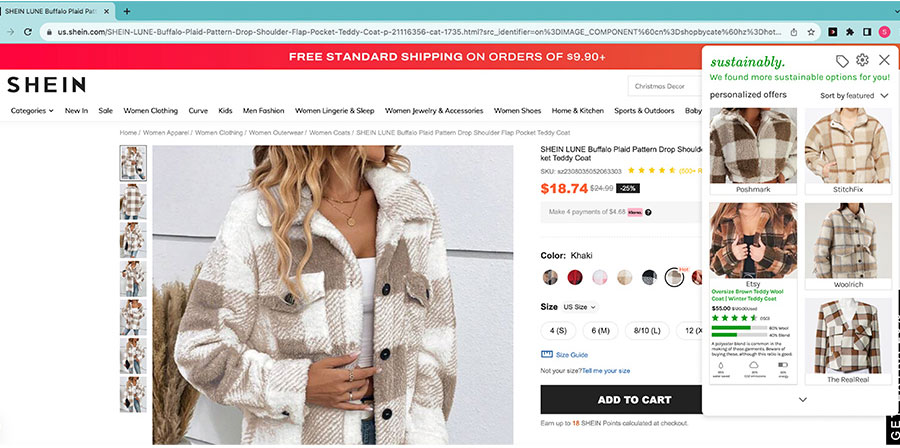
Creating Product-Service Systems
Students design product-service systems in the Introduction to Design Innovation course, part of the Product Design Innovation Certificate in the CMUiii Online program.
By Jess Ignasky
Part of the Product Design Innovation certificate, the Introduction to Design Innovation course is an introduction to the basic design principles needed for product development. Throughout the course, students learn about the design process, user needs, and applications for tangible products. Students experience the use of traditional design skills coupled with training in a physical product context.
Students showcase their learning at the end of the semester with a final project in which they create a product-service system based on their analysis of a company of their choosing.
“In the final project of the course, students used various design innovation tools they learned throughout the semester to build a product-service system and craft a visionary report,” shares Professor Julie Saunders.
“First, the students visualized and analyzed a chosen company’s business model from multiple perspectives - its product-service offerings and their relationships to each other, the end-to-end-customer experience, co-creation of value with its customers, and AI capabilities. Armed with this information, the students then conceived of and proposed innovative ways to evolve the company’s products and service offerings.”
Sustainably: An Eco-Friendly Shopping Companion

Test out Sustainably in action
Sofia Zertuche (MIIPS Online ‘25)
Sustainably is an eco-friendly shopping companion that through the use of AI, allows for consumers to make more sustainable choices whilst shopping online. The plug-in tool was conceived through my innate curiosity for the eCommerce space. The reason I chose this subject is because I've been drawn to and have used Facebook Marketplace, Pinterest, Depop, and Poshmark (just to name a few) in many stages of my life. I can't imagine finding an apartment, selling and buying furniture, selling my clothes, and buying things I need without these services/apps, but I do want to explore the human necessity around them, and how I can integrate a more reliable and trustworthy experience.
iii: What are your biggest takeaways from this project? What skills can you take with you?
Sofia: One of my biggest takeaways from this project is the amount of misinformation customers (including myself) have on clothing lifecycles, including donations! Whilst most of the users in my survey (79%) responded that they either donate or give away their clothes, I believed that clothing was just repurposed. In fact only about 10% of it is sold, and more than half is sent to third-world countries, often disrupting their economy.
I’ve learned a lot about clothing, customers, and purchasing behavior. Through these takeaways, I was able to analyze the data acquired and inform my design. I wanted something easy to use and understand, but also allowed users to question themselves and potentially change their consumer habits. I’m able to walk away with knowledge of analyzing data, and understanding that my predictions/hypotheses may be much different than the general public's. It’s important to stay open-minded, and curious when this happens to pivot your project when necessary.
iii: Did you face any challenges working on this project? How did you overcome them?
Sofia: I originally wanted to create a product that would enhance the Facebook Marketplace experience of selling items. However, as I conducted surveys and interviews there was a resounding agreement that most users stayed away from selling their clothes altogether.
This was a stark difference from what I originally conceived, and learned that instead of asking what websites customers sold or thrifted their clothes, was to expand on their shopping habits in general, and I gathered specific data about generating a more pleasant eCommerce journey. This then led me to pivot on the Facebook Marketplace concept and lean into mindful shopping. After coming up with the initial framework for Sustainably, I checked back in with my interviewees for feedback, and they seemed to love the idea of fast, yet effective and mindful shopping.
iii: Have you used any of the skills learned in this course/project in your career?
Sofia: Yes! As a design manager, it is easy to direct designers based on what you think is the best solution. What I’ve learned in this course is that there is much more value in sharing ideas, doing research, and allowing for design exploration before coming up with a design decision.
By meticulously viewing a customer journey, one can find pain points, caveats, and weaknesses within design reviews, assignments, and even outcomes of projects. I’ve learned that by utilizing these tools I can understand the scope of projects with ease and understand that there’s often a need to adapt as technology evolves.




